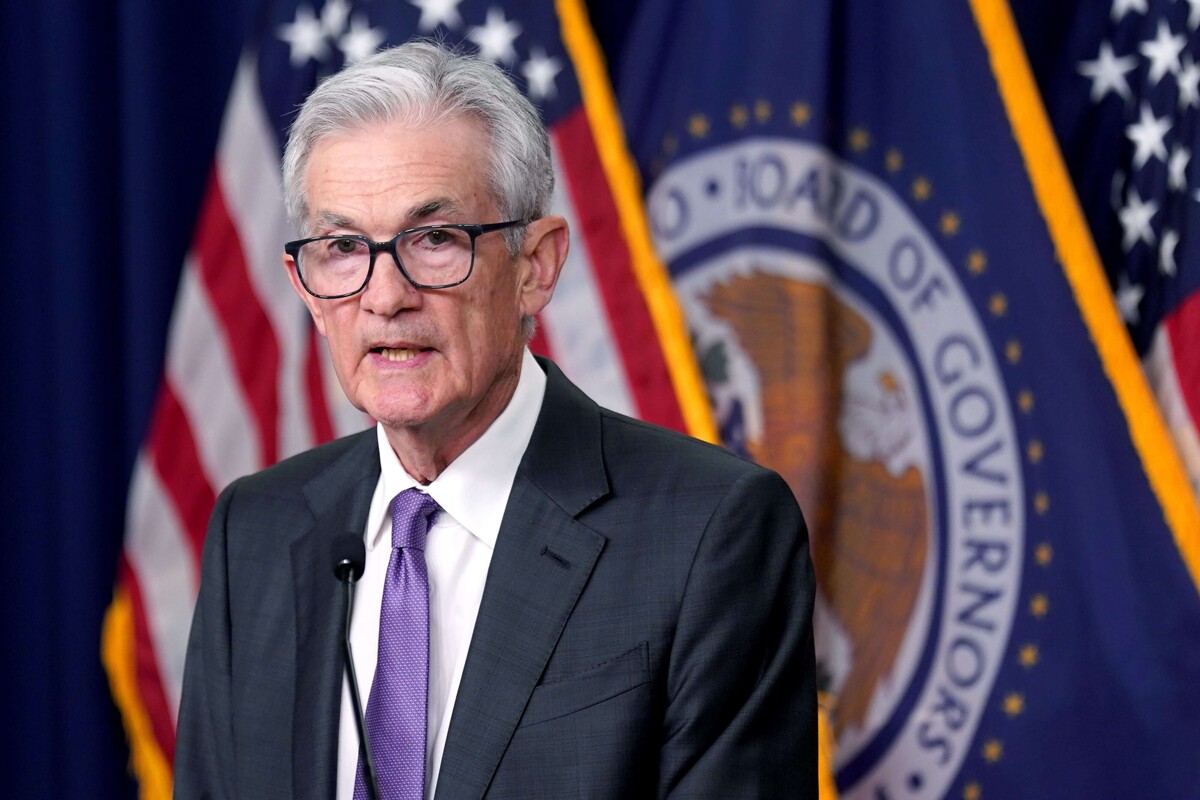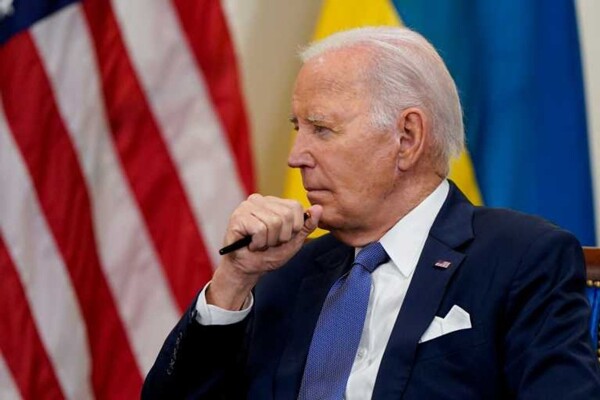
The Federal Open Market Committee (FOMC) of the Federal Reserve Bank of the United States (Fed) decided last week to reduce the target range for the Federal Funds Rate by a quarter percentage point, placing it at 4.50-4.75 percent. Chairman Jerome Powell explained the reasons behind this action and discussed various aspects related to monetary policy and the economy in general.
Powell noted that inflation has approached the long-term target of 2 percent, but core inflation remains slightly elevated. He also dismissed the possibility that the rise in market interest rates is related to the Fed or an increase in expected inflation. Powell also rejected the idea that the Fed is temporarily seeking inflation below 2 percent, explaining that the labor market is not exerting significant pressures on inflation at present.
The Fed chairman highlighted solid economic growth, low unemployment, and declining inflation as positive factors. Powell stated that with an appropriate recalibration of the monetary stance, the strength of the economy and the labor market can be maintained while sustainably driving inflation down to 2 percent.
Regarding the justification for the decision to cut the interest rate, Powell mentioned that it was based both on the progress made towards employment and price stability goals as well as on a forward-looking perspective. He emphasized the importance of finding a balance between moving too quickly and facing rising inflation, or moving too slowly and harming the labor market.
In his statements, Powell acknowledged the need to be cautious given the uncertainty surrounding key economic factors. He mentioned the annualized GDP growth and the evolution of unemployment as elements to consider in future decision-making. Additionally, he addressed concerns about citizens' perception of economic strength, explaining that it takes time for real wage gains to reflect in the population's well-being.














